DSM introduces bio- and recycled-based alternatives for its entire engineering plastics portfolio.
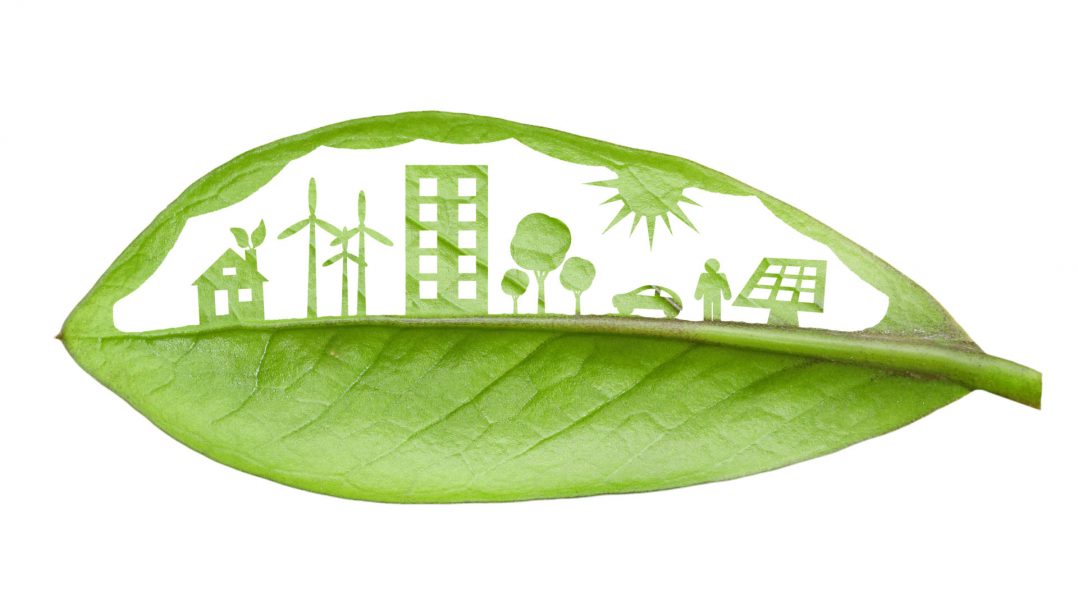

DSM introduces bio- and recycled-based alternatives for its entire engineering plastics portfolio.

Researchers develop sustainable source materials for 3D printing. such as single-polymer composites that reinforce themselves and materials derived from waste based plastics.
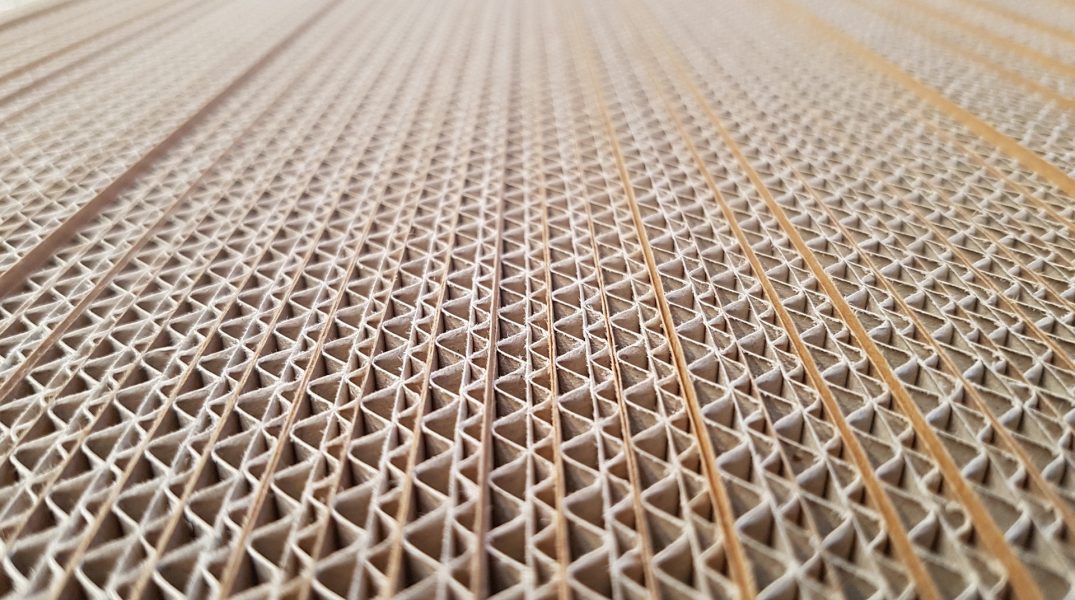
A team of researchers from the University of Washington have created programmable cellular structures.

Electrospinning is a useful method for preparing non-woven fabrics, and is finding use in creating complex nanostructures.
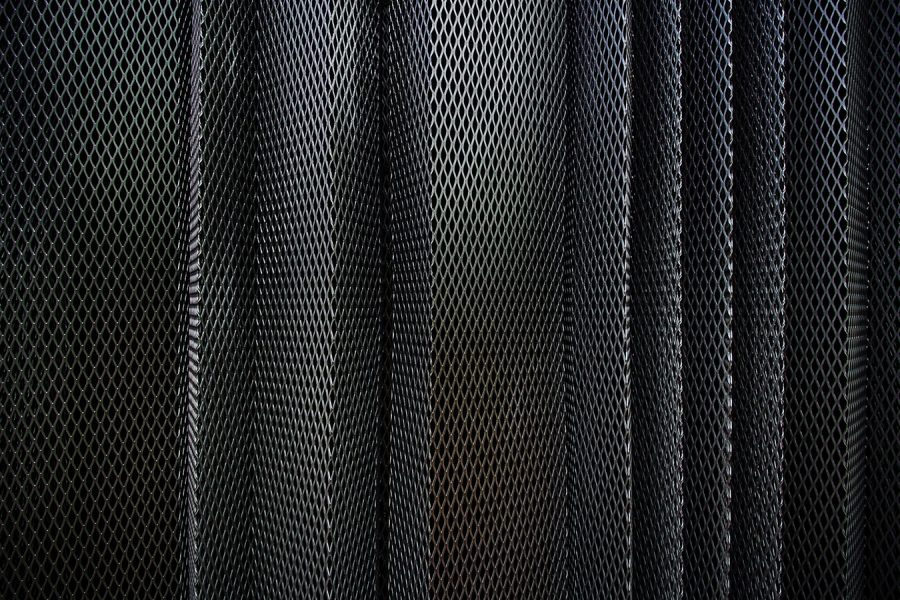
Hybrid systems of hydrogels and metals with tough bonding may find widespread application in smart materials and device interfaces.

Intrinsic or tightly integrated sensing, actuation, and computation embedded into 3D structures could enable a new generation of truly smart and complex systems, such as robots that have human-like dexterity.
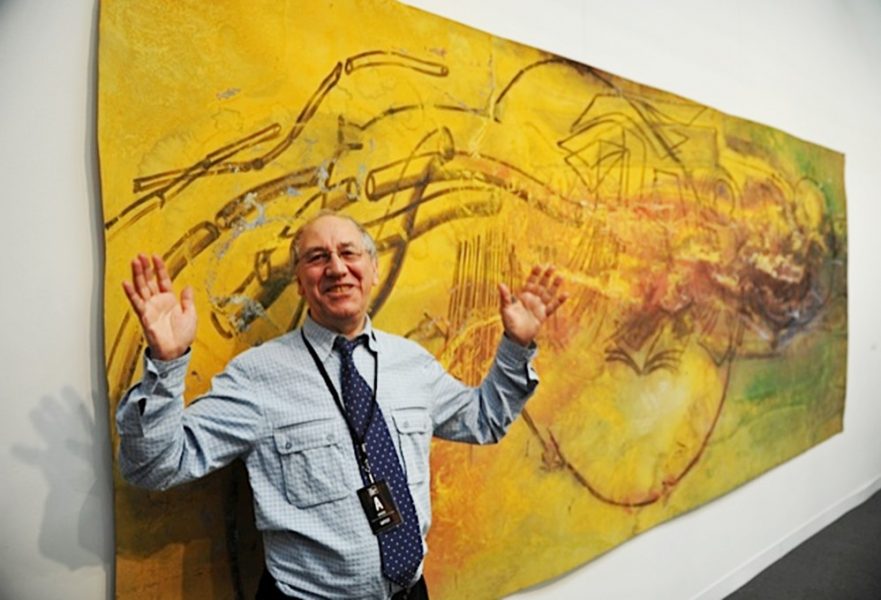
In honor of Advanced Science’s 5th Anniversary, Professor Geoffrey Ozin opens up about his 50 years in materials chemistry, his love of art and communicating science, as well as future research directions.

Researchers show that paper-like composites can be derived from previously unrecyclable plastic waste.
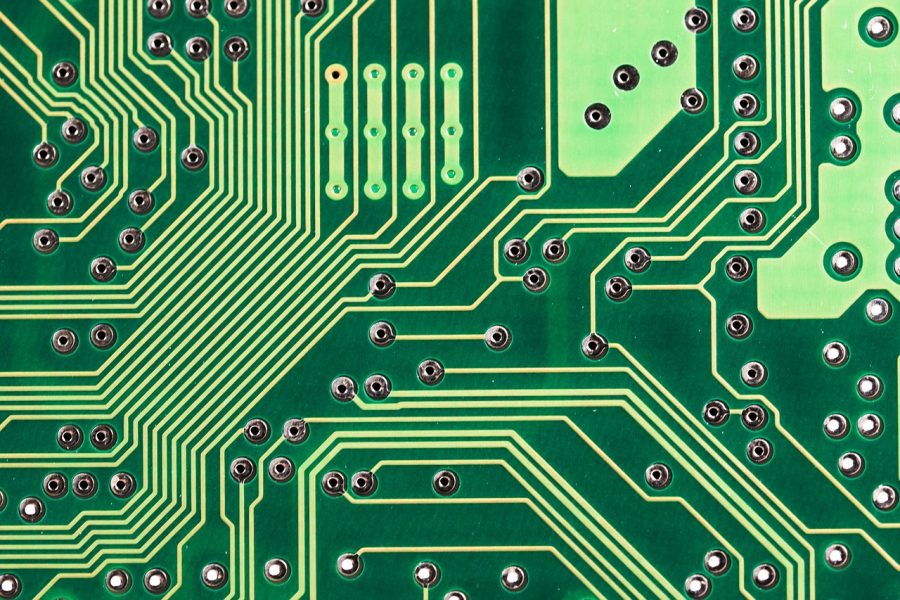
A combination of inkjet and screen printing can be used to print 3D objects with electronic properties using multiple materials.

Roza Janusz has created an alternative to plastic packaging using organic materials that can either be eaten after use or safely composted.